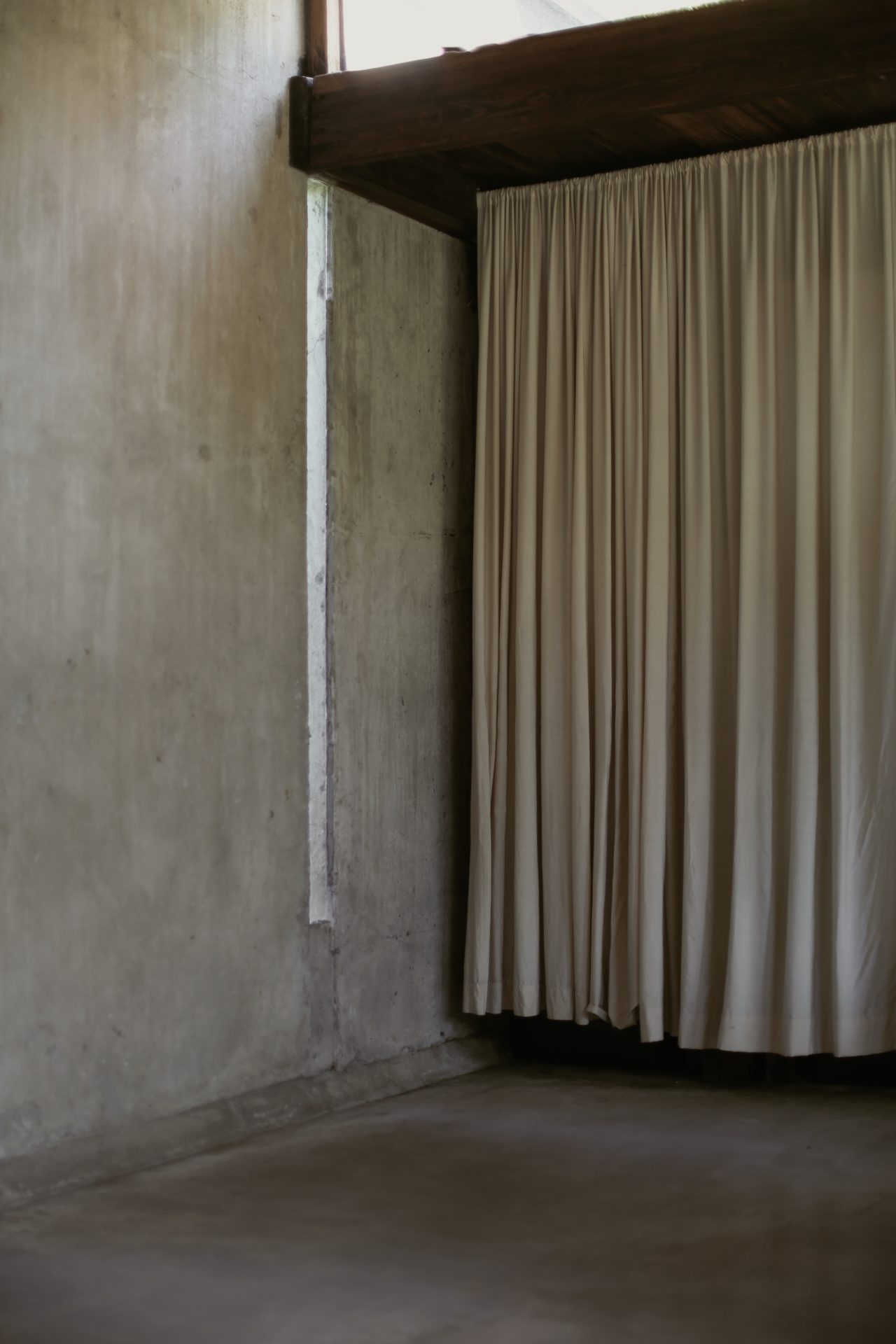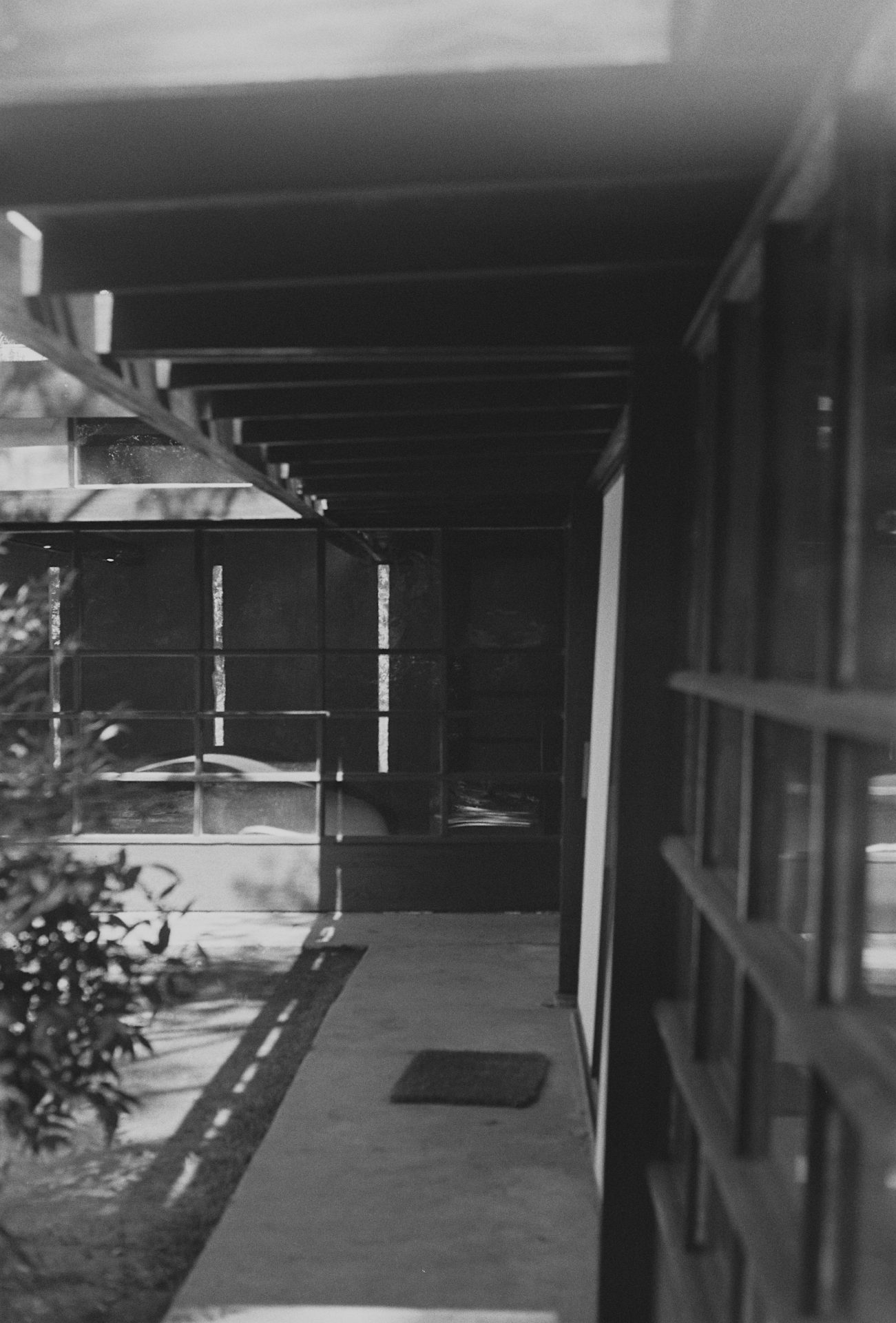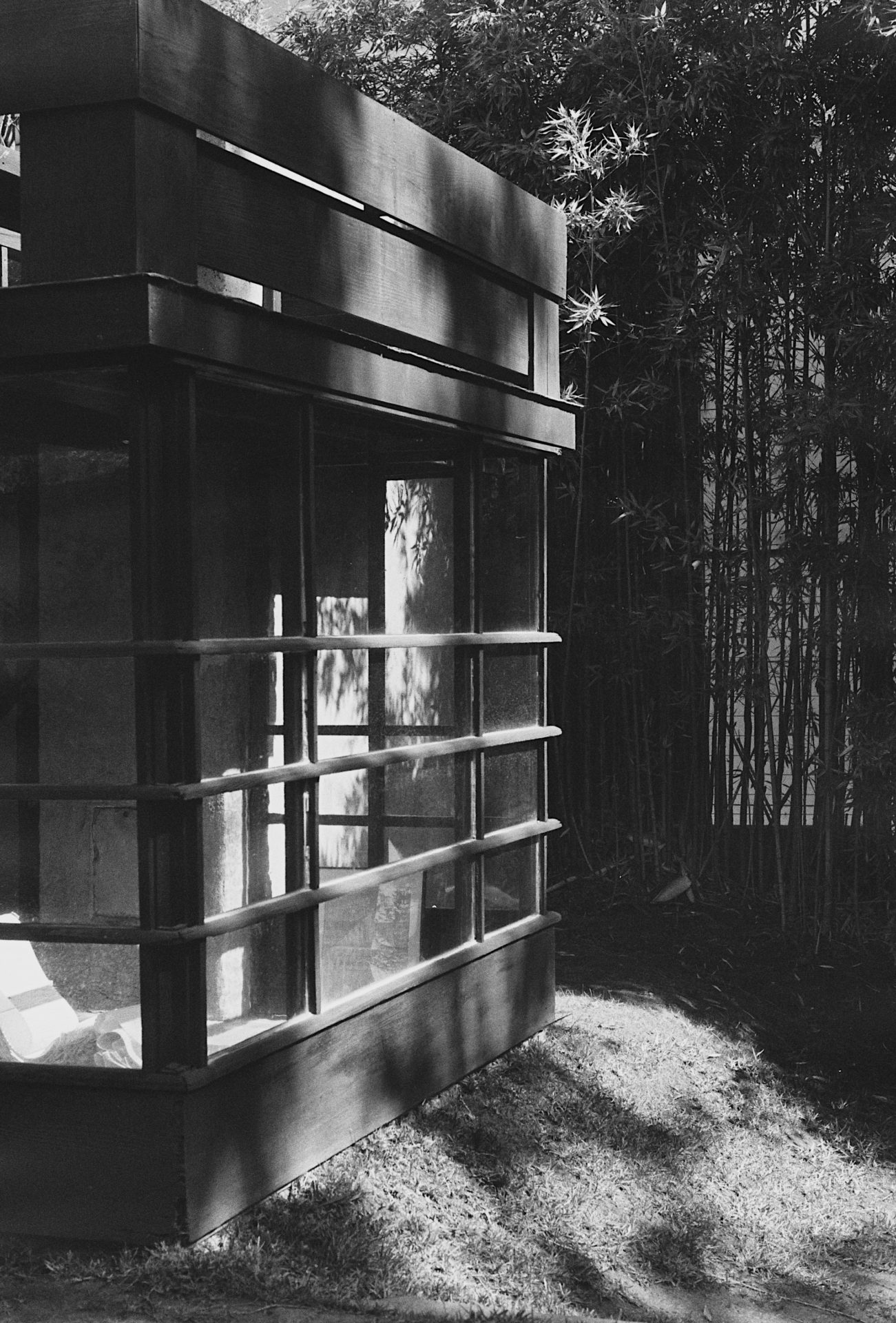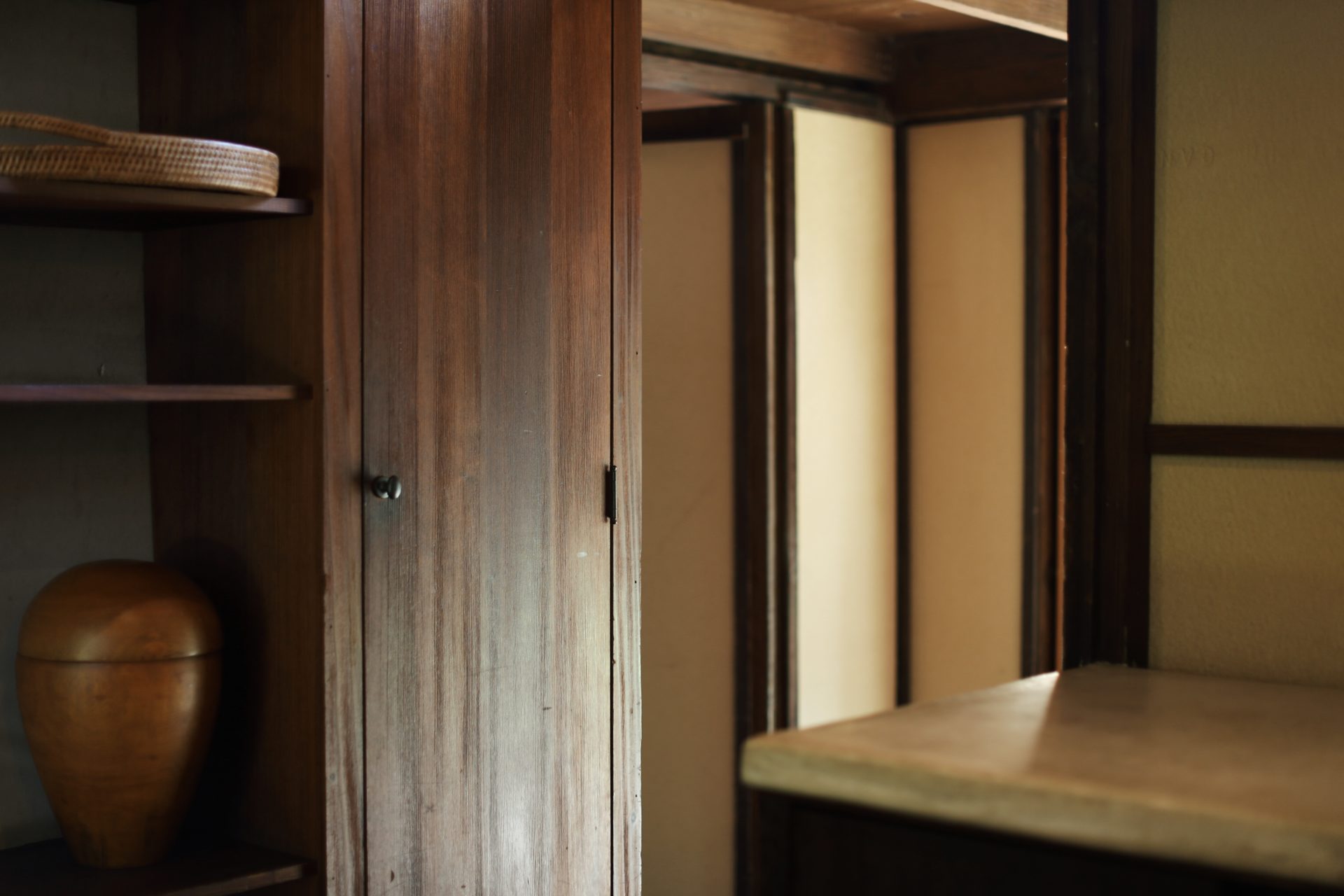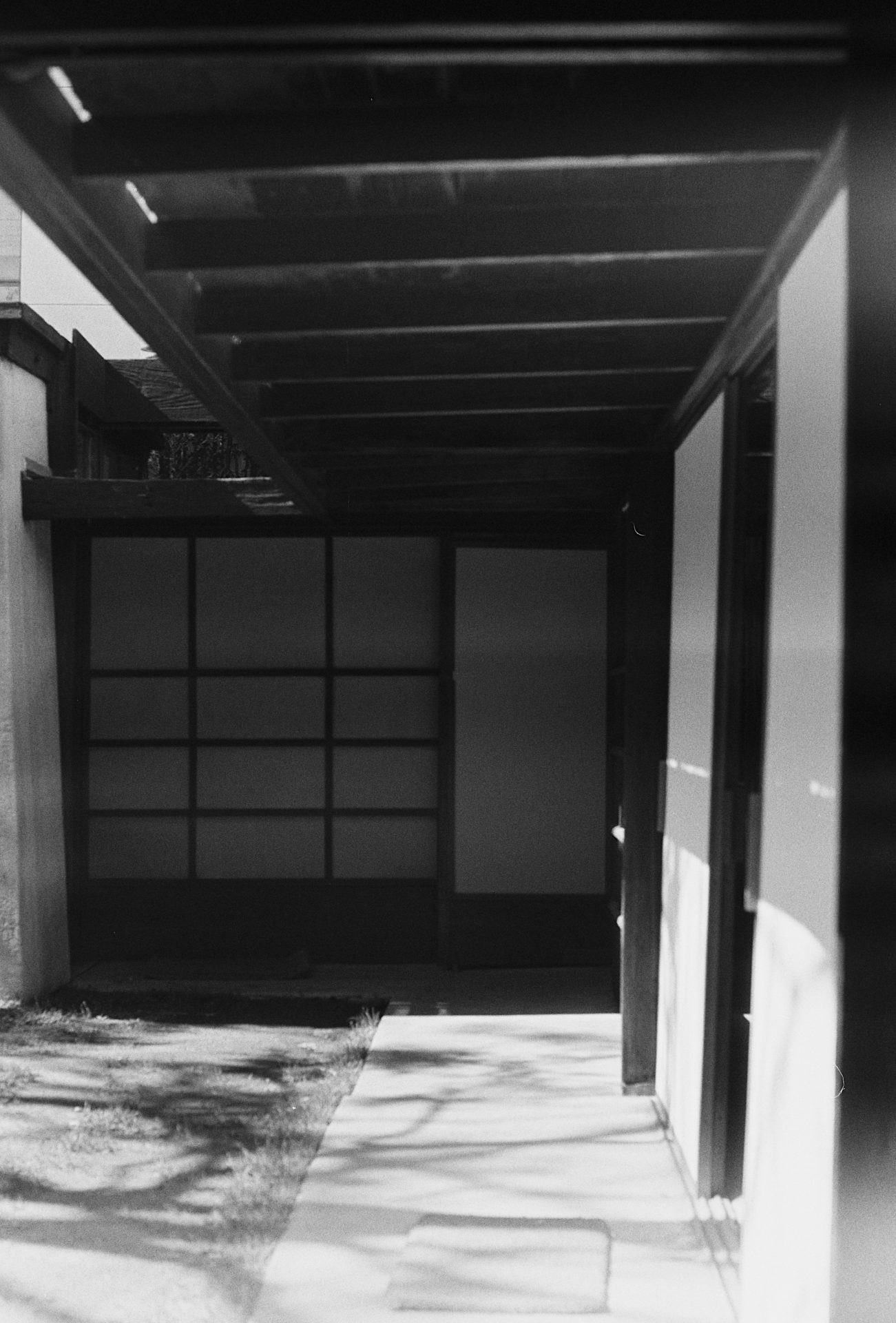Schindler House, 1921/22
Architect: Rudolph M. Schindler
Shot on location
West Hollywood, Los Angeles
SCHINDLER HOUSE
AHEAD OF ITS TIME
Upon entering the property in Kings Road, West Hollywood, Los Angeles, one notices immediately the well-conceived interplay of space, light and form which extends over the whole site. The building is not visible from the street. It seems hidden in a part of the city that is so crowded. As soon as you enter the garden and the whole area of the property is completely spread, you feel like you are in an oasis in the middle of one of Los Angeles’ busiest areas. The grounds and the building are surrounded by dense vegetation, bamboo trees and hedges are found at every corner of the property, framing the area almost perfectly.
In this, Schindler’s first independent work in the USA, he clearly explained the main features of his concept of architecture, which he called spatial architecture, and established himself as one of the most important representatives of modernism with this pioneering building.
The Schindler House was designed and built in 1921/22 by the Austro-American architect Rudolph M. Schindler as a residential and studio house for two young couples – for Schindler himself, his wife Pauline and a fellow couple. It is a two-family house with a large communal kitchen, which here stands as a symbol of his alternative lifestyle. After all, this was a concept that was completely new in the 1920s. Nature plays a major role in Schindler’s life and design language. He attached great importance to an “authentic” way of life in which everybody is very closely connected to nature: the asymmetrical arrangement of the structure and the bordering of the property by the vegetation also creates several outdoor spaces that are equally important for the house.
Both semi-detached houses and the guest wing have their own private patio. Materials were untreated redwood, glass and cast concrete. The Schindler House is considered as the first modern house designed for the specific Californian climate and served also as a prototype for a unique Californian architectural style, a design which set the tone for other Modernist residential design for decades. A place which has redefined the common notion of public and private, of interior and exterior, and has broken new ground in the planning and execution of modern housing. Between the 1920s and 1950s it became a place of future-oriented aesthetic, cultural and political creativity.
A marriage between the solid permanent cave and the open lightweight tent.
– Rudolph Schindler
DESIGNED AND BUILT IN 1921/22
Rudolph Michael Schindler was born in Vienna in 1887. He studied art and architecture and was a student of Otto Wagner and Adolf Loos. In 1914, at the age of 26, he left Austria and moved to Chicago, where he first got a three-year contract in an architectural office and subsequently worked for Frank Lloyd Wright. On behalf of Wright, who had a decisive influence on Schindler, he went to Los Angeles in 1920 to supervise the construction of the Hollyhock House.
One of my dreams, Mother, is to have, some day, a little joy of bungalow, on the edge of mountains and near a crowded city, which shall be open just as some people’s hearts are open, to friends of all classes and types. I should like it to be as democratic a meeting-place as Hull-House, where millionaires and laborers, professors and illiterates, the splendid and the ignoble, meet constantly together.
– Pauline Schindler (in a letter to her mother)


